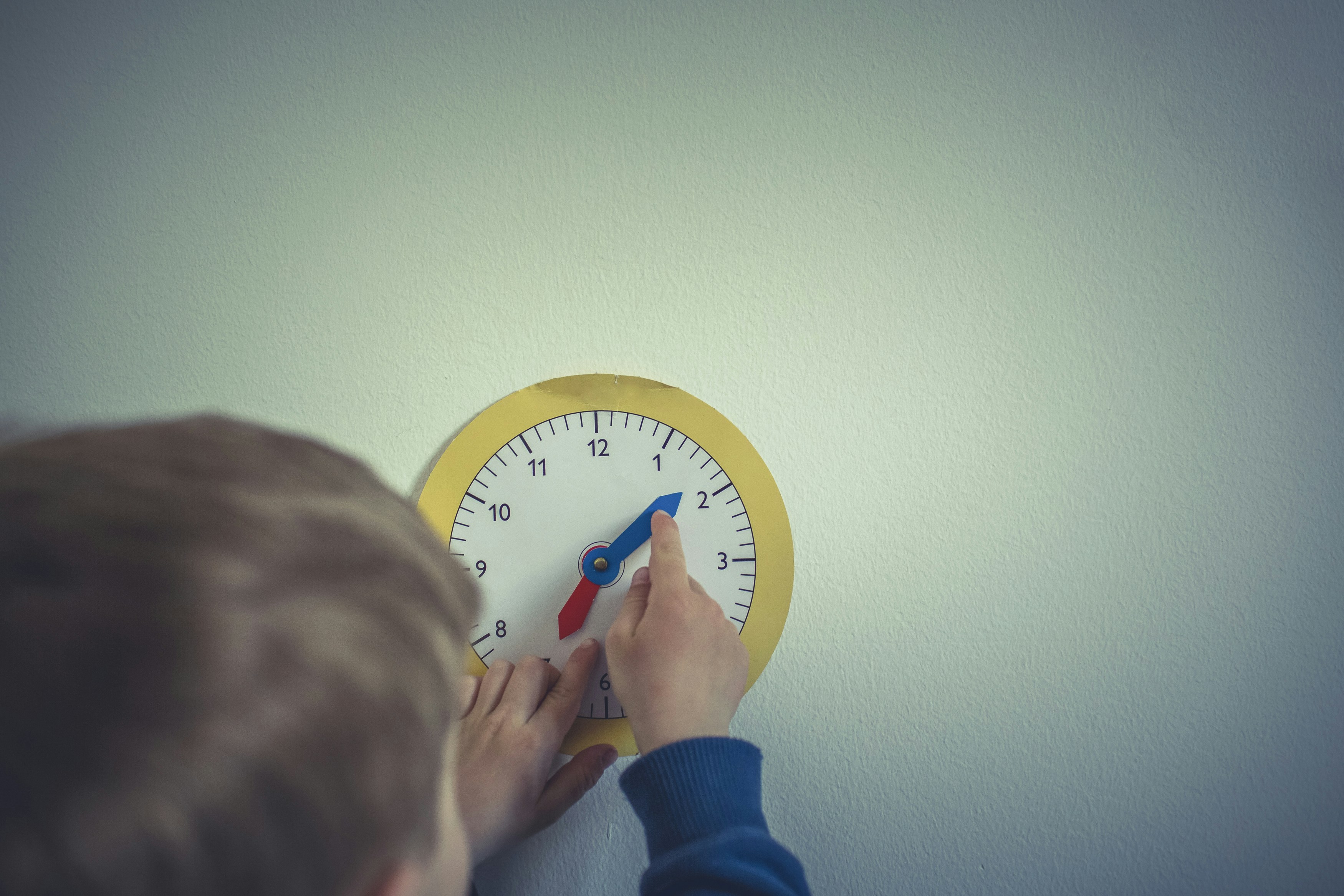
What is an Analog Clock?
Analog clocks are traditional timepieces that have a face with numbers and moving hands. They help us understand how to tell time in a fun and engaging way! An analog clock usually has two main hands: the shorter hand shows the hour, while the longer hand indicates the minutes. Some clocks even have a third hand that moves quickly to show seconds.
How Do We Read an Analog Clock?
Reading an analog clock can be easy once you know the basics! The clock face is divided into 12 sections, each representing an hour. When the hour hand points to a number, that tells you the current hour. The minute hand does something similar but is divided into 60 small sections, each indicating one minute. So, when the minute hand is on the 3, for instance, it’s telling you that 15 minutes have passed since the hour began.
Why 60 Minutes in an Hour?
Have you ever wondered why we have 60 minutes in an hour? This system dates back to ancient civilizations, particularly the Babylonians, who used a base-60 counting system. This unique choice allowed for easier division and calculation. It’s fascinating how this ancient math still affects us today! By understanding these basic principles, you’ll become a pro at telling time on an analog clock in no time!
